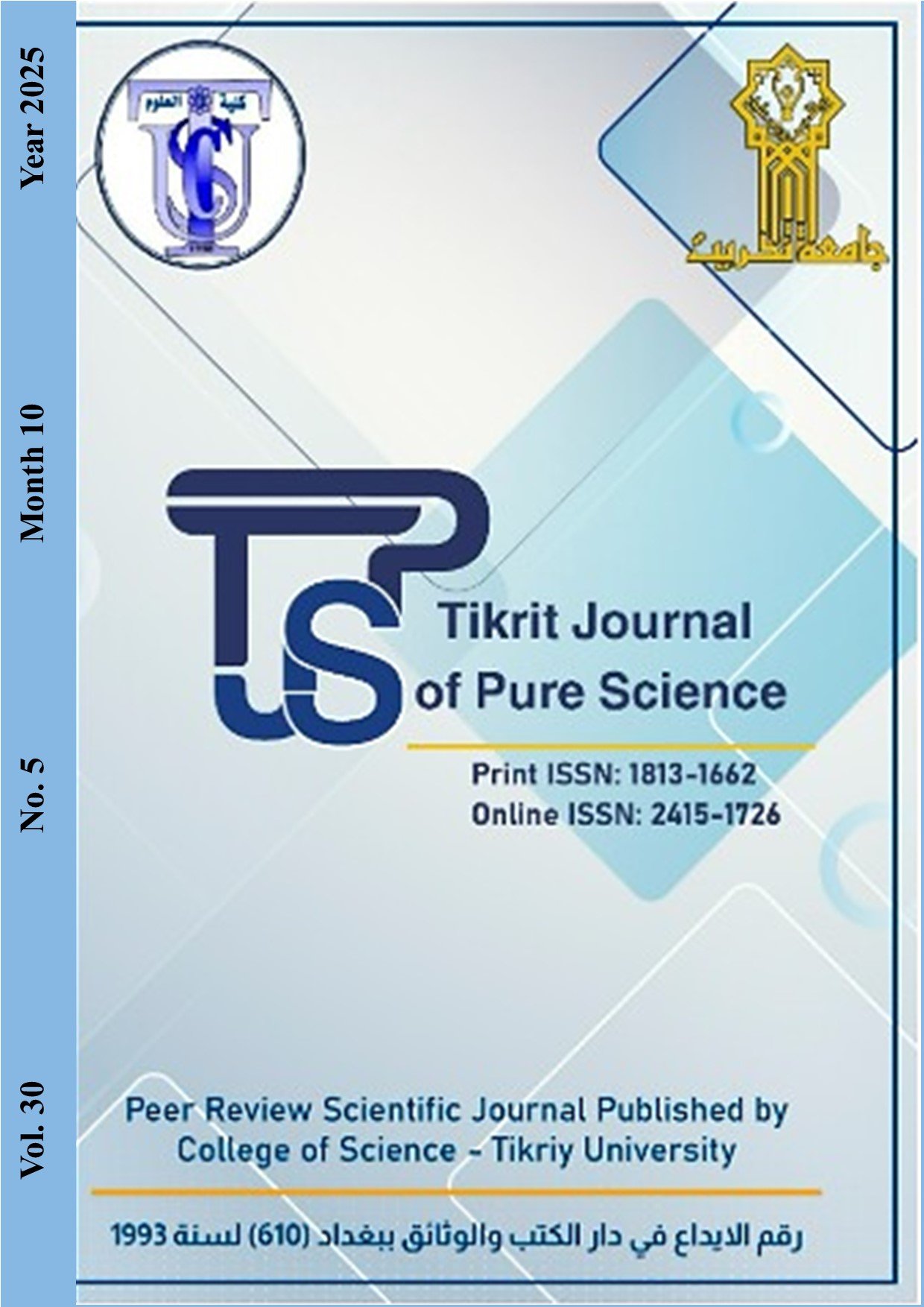Virtualization as a way to increase DNS protection against cyber threats
Main Article Content
Abstract
Domain Name System (DNS) serves as a vital Internet component, which converts friendly domain names into their corresponding computer language IP addresses. Network service availability suffers from several cyber threats in DNS systems because Distributed Denial of Service (DDoS) attacks, spoofing, and cache poisoning expose data to unauthorized access and reduce service availability. The research examines virtualization technology, which serves as a DNS security enhancement solution to increase system resilience capacity. This work implements DNS security enhancements through virtualization elements that include threat isolation with service segmentation as well as automated recovery services with dynamic resource allocation to protect DNS systems against vulnerabilities. The framework demonstrated improvements through real-world deployment with case studies and simulations because it provided 98% improved service accessibility during DDoS attacks and decreased disaster recovery time by 60% at the same time as decreasing operational costs by 30%. The study displays extensive proof demonstrating that virtualization functions as a fundamental delivery method for fault tolerance as well as enables superior protection against preventing complex security threats and scalability features. The research findings demonstrate that DNS component protection together with fast disaster recovery capability receives vital security features from virtualization implementation. Security-conscious organizations plagued by evolving threats should adopt virtualization-based DNS service maintenance because it offers scalable and price-efficient delivery capabilities. Virtualization in DNS demonstrates itself as a strategic forward-thinking approach to create sustainable yet flexible protected online structures.
Article Details

This work is licensed under a Creative Commons Attribution 4.0 International License.
Tikrit Journal of Pure Science is licensed under the Creative Commons Attribution 4.0 International License, which allows users to copy, create extracts, abstracts, and new works from the article, alter and revise the article, and make commercial use of the article (including reuse and/or resale of the article by commercial entities), provided the user gives appropriate credit (with a link to the formal publication through the relevant DOI), provides a link to the license, indicates if changes were made, and the licensor is not represented as endorsing the use made of the work. The authors hold the copyright for their published work on the Tikrit J. Pure Sci. website, while Tikrit J. Pure Sci. is responsible for appreciate citation of their work, which is released under CC-BY-4.0, enabling the unrestricted use, distribution, and reproduction of an article in any medium, provided that the original work is properly cited.
References
1. P. Mockapetris, "Domain Names - Concepts and Facilities," IETF RFC 1034, 1987. https://doi.org/10.17487/RFC1034
2. VMware, "Virtualization Concepts," Technical Whitepaper, 2022.
3. Cloudflare, "DNS Security: Challenges and Solutions," Research Report, 2023.
4. National Institute of Standards and Technology (NIST), "Guidelines on Firewalls and VPN Security," Special Publication 800-41, 2021. https://doi.org/10.6028/NIST.SP.800-41r1
5. Cybersecurity and Infrastructure Security Agency (CISA), "Protective DNS Resolver Service," 2022.
6. Amazon Web Services, "Building Resilient DNS Services Using AWS Virtualization," 2023.
7. Microsoft Research, "Hypervisor-Based DNS Security Enhancements," 2021.
8. IEEE Transactions on Networking, "Dynamic Scaling in DNS Virtualized Environments," vol. 30, no. 2, pp. 203-215, 2022. https://doi.org/10.1109/TNET.2022.3147891
9. OpenDNS, "Adaptive DNS Monitoring with Virtualization," White Paper, 2023.
10. Internet Corporation for Assigned Names and Numbers (ICANN), "Policy Framework for Virtualized DNS Ecosystems," 2021.
11. IETF, "Encrypted DNS in Virtualized Settings," RFC 9103, 2021. https://doi.org/10.17487/RFC9103
12. Google Cloud, "Resilient DNS with Multi-Tier Virtualization Architecture," White Paper, 2023.
13. Elsevier Computers & Security Journal, "AI-Augmented Virtualization for DNS Threat Detection," vol. 122, pp. 145-160, 2022. https://doi.org/10.1016/j.cose.2022.102876
14. IBM Research, "Virtualized DNS for Enterprise Networks: A Case Study," Technical Report, 2020.
15. Springer Journal of Internet Services and Applications, "Comparative Study of Virtualized DNS Versus Traditional DNS Security Measures," vol. 13, no. 4, pp. 321-335, 2021. https://doi.org/10.1186/s13174-021-00167-4
16. Cisco, "DNS Infrastructure Best Practices," Technical Whitepaper, 2022.
17. Red Hat, "Scaling DNS with OpenShift," Case Study, 2023.
18. Gartner, "Trends in DNS Resilience Strategies," Market Analysis Report, 2023.
19. Xen Project, "Hypervisor Features for Secure DNS," Technical Report, 2023.
20. Docker, "Containerization for Scalable DNS Solutions," Technical Documentation, 2022.
21. Kubernetes.io, "Orchestrating DNS Workloads in Virtualized Environments," 2023.
22. Nagios, "Monitoring DNS Systems with Virtualization," White Paper, 2023.
23. Zabbix, "Real-Time Monitoring of Virtualized DNS," Technical Guide, 2023.
24. Intel, "Hardware-Assisted Virtualization for Secure DNS," Research Paper, 2022.
https://doi.org/10.1109/ICICICT1.2019.8741464
25. Palo Alto Networks, "Firewalls and Threat Detection in Virtualized DNS," Technical Whitepaper, 2023.
26. Juniper Networks, "Optimizing DNS with Network Virtualization," White Paper, 2023.
27. Fortinet, "Best Practices for Secure Virtualized DNS Architectures," White Paper, 2022.
28. Cloud Security Alliance (CSA), "DNS Security in Virtualized Cloud Environments," Research Report, 2023.
29. Oracle Cloud, "DNS Virtualization and Fault Tolerance," Technical Documentation, 2023.
30. Hewlett Packard Enterprise (HPE), "Scalable Virtualized DNS Solutions for Enterprises," White Paper, 2023.
